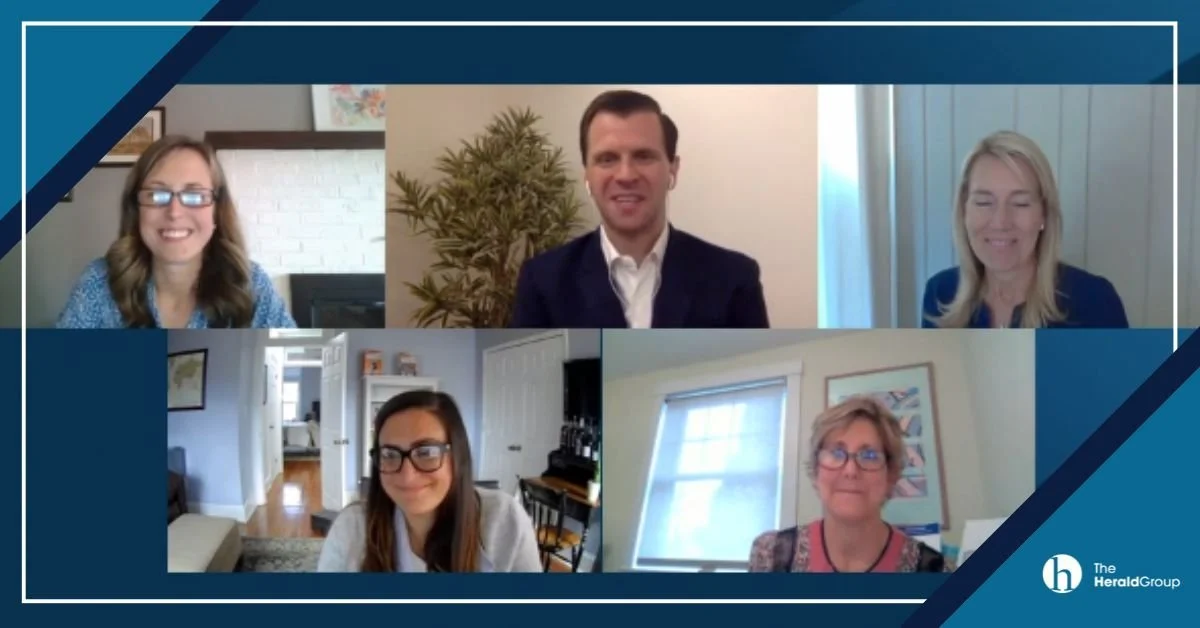The Power of the Patient Voice
By Carolyn Weems
I recently had the privilege to moderate a panel at the Pharma PR and Communications Summit virtual spring meeting on the power of the patient voice. I was joined by expert panelists from both the industry and patient community perspectives including Keri Yale of Boehringer Ingelheim, Marcie Klein of the Colorectal Cancer Alliance, Marissa Watkins of the Pharmaceutical Research and Manufacturers of America and Tyler Marciniak of Astellas to share insights into how patient perspectives are being integrated into key decision-making across company and policy priorities.
Some of the key points we discussed include:
Patient centricity is more than a patient focus, it’s a culture: as Tyler Marciniak discussed, patient centricity means having a “conscious awareness of the patient in everything we do”. By focusing on how each decision impacts the patient, the critical input from the patient community helps to improve company decision making over time. As Tyler noted, “it’s also how we execute in our governance and in our organizational structure for us to achieve not only our corporate strategy but also our vision which is to turn innovative science into value for patients.”
Engagement with patients should happen early and often: building strong relationships with individual patients and the full patient community from the start will enable patients to provide their perspective throughout every aspect of a communications campaign. The other plus? You don’t run into situations where there is a disconnect between campaign goals and patient feedback because the campaign has been developed with the feedback in mind all along. Keri Yale explained, “If we’re doing patient engagement really well and we’re being patient centric across the organization and we’re gaining those insights early, often and throughout, nothing changes because we’re co-creating together.”
Relationship building is key to finding a common cause: not every patient community is going to agree on every policy priority, but by building strong and trusting relationships built on transparency and mutual respect, finding the common cause on a broad range of policy issue areas is achievable. Marissa Watkins shared, “the heart of it is relationship building.” She discussed how once you know what you are trying to solve for, you can align with other communities that have similar policy priorities even if there is not alignment on all issues because ultimately the end goal is to empower the patient voice and shape policy that best works for patients.
Grassroots engagement is a key component to empowering the patient voice: often times identifying patients who can speak to their unique experiences requires meeting them where they are including in their local communities. Marcie Klein noted that oftentimes the way to get to those powerful patient voices is through grassroots outreach and then it is the organization’s job to help empower those patients to be able to tell their story in a way that is authentic to their experience.
The COVID-19 pandemic has changed a lot about our health care system and will likely continue to change it for years to come, but the importance of engaging with the patient community early and often will remain a critical component to improving health care solutions and shaping policy that improves patient lives. See the full discussion below.
Interested in discussing these topics or want to share a story, or learn how The Herald Group can help leverage “the power of the patient voice” for your organization? Please feel to reach out to me at cweems@theheraldgroup.com.

